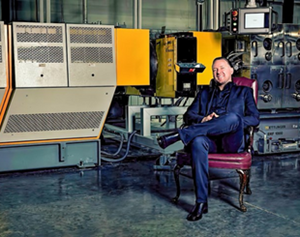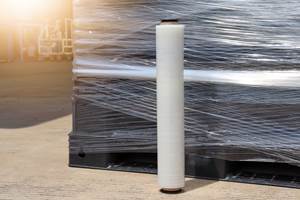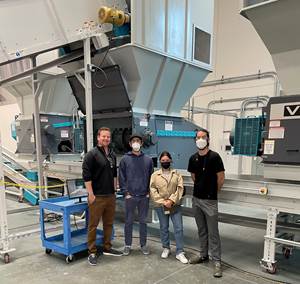Why & When Should You Re-Crystallize PET Scrap?
Whether you’re blow molding PET bottles or extruding APET sheet, you’ll produce amorphous scrap in the process. How you handle it will impact your production costs. Re-crystallizing it will help.
When processors receive deliveries of virgin PET, the material will be in a semi-crystalline state, which can be confirmed by the milky white color of the pellets. Virgin PET is actually colorless; the milky appearance is due to the crystallinity of the material, which causes light entering the pellets to scatter, making it appear white.
During its first phase of manufacturing, PET exits the melt-phase reactor and is chopped into small cylindrical, transparent pellets which are 100% amorphous. Prior to or during the last phase of manufacturing—solid-state polymerization—the transparent, amorphous pellets are crystallized by high-temperature heating, during which they are also agitated to prevent them from sticking or fusing together. When heated to its glass-transition temperature (approximately 170 F to 200 F), the polymer chains will begin to fold up upon themselves to form numerous crystals within the polymer, and the surface of the pellets will begin to soften and stick or fuse to adjoining pellets.
Once the temperature exceeds the glass-transition temperature, the surface will re-harden and not soften again until it reaches its melting temperature of 450 F to 500 F. The softening effect is the reason that agitation is required. Once the surface of the pellets re-hardens, the vigorous agitation breaks up any clumps created during crystallization and keeps the material flowing freely. This type of crystallization is called heat-set crystallinity, which occurs when amorphous PET is heated to an elevated temperature.
PET is a very hygroscopic polymer and will readily absorb moisture when exposed to the atmosphere during transportation and storage. PET will continue to absorb moisture from the atmosphere until it reaches a state of equilibrium with the surrounding air. PET moisture levels may reach as high as 0.2% to 0.3% under typical weather conditions experienced throughout most of the U.S and Canada.
One of the most critical issues encountered when processing PET is pre-drying of the polymer prior to melt processing. PET is extremely sensitive to hydrolysis during melt processing and will react with residual moisture left in the polymer due to inadequate drying. This hydrolytic reaction will sever or break some of the polymer chains, lowering the intrinsic viscosity of the polymer and resulting in reduced physical properties.
PET suppliers strongly recommend pre-drying PET to a final moisture level in the range of 0.003% to 0.005% prior to melt processing in order to prevent any chance of hydrolytic degradation. The drying parameters recommended by all PET material suppliers are crucial and should be followed precisely:
1. Drying temperature: 300 F to 350 F;
2. Dewpoint of the drying air: -20 F or lower;
3. Drying time: 4 to 6 hr.
RE-CRYSTALLIZING SCRAP PET
One of the challenges encountered when reclaiming the scrap generated in the processing of PET bottles or thermoformed APET sheet containers is drying the granulated scrap. Remember, material suppliers recommend that PET be pre-dried to a final moisture level of 0.003% to 0.005% prior to melt processing in order to prevent any chance of hydrolytic degradation. And it must be dried in the range of 300 F to 350 F. There’s the rub: Both types of scrap are amorphous, and when amorphous PET is heated to its glass-transition temperature it will begin to soften, stick together, and bridge, causing material flow interruptions in the drying hopper.
There are two possible courses of action to address the dilemma of drying reclaimed amorphous PET scrap, depending on the process:
• PET bottle making: PET preforms are amorphous and the blown bottles have a low level of strain-induced crystallinity. As a result, preform and bottle scrap should never be dried at normal PET drying temperatures, which are suitable only for pre-crystallized resin. However, a processor can blend a small percentage (5% to 10% or even 15% ) of preform and/or bottle scrap with their crystalline virgin pellets and dry the blend without sticking problems.
The key is that there must be a small percentage of amorphous scrap and it must be thoroughly blended with crystalline material. When the amorphous chips are heated they will indeed soften and stick to any adjacent chips or pellets; however, with the vast majority of the adjacent particles being crystalline virgin pellets, any clumps or agglomeration will be small, possibly totaling two or three particles but seldom more. These small agglomerations will pass freely through the drying hopper without causing flow interruptions.
• Sheet extrusion and thermoforming of APET containers: The method described above for PET bottles will also work in the production of APET sheet and containers. However, scrap rates encountered in APET container production far exceed those typical in bottle making. The sheet edge trim may total 3% of throughput, while the web skeleton could exceed 50%, depending upon the shape of the containers being produced (square containers can be nested closer together than round or oval containers). When you add the occasional entire roll of sheet that did not pass muster with quality control, the overall scrap generated in this process can easily exceed 50% of total throughput.
When processing APET scrap that exceeds 15% of the total throughput of the line, the only plausible method of handling the high volume of amorphous scrap is to first re-crystallize it, which will allow it to be dried at the elevated drying temperatures (300 F to 350 F) required for good drying without it fusing and sticking together in the drying hopper.
ABOUT THE AUTHOR: PETE STOUGHTON
Pete Stoughton is an independent consultant with over 40 years’ experience with dehumidifying dryers and PET crystalizing systems. He has held various technical positions with the Conair Group, including technical services manager, product manager, and business unit manager. Contact: (814) 516-3838; pstoughton@comcast.net.
Related Content
Inside the Florida Recycler Gearing Up to Take on Scrap at NPE2024
Hundreds of tons of demonstration products will be created at NPE2024 next spring. Commercial Plastics Recycling strives to recycle all of it.
Read MoreA Recycling Plant, Renewed
Reinvention is essential at Capital Polymers, a toll recycler that has completely transformed its operation in a short period of time.
Read MoreRevolution Develops Innovative Approach to Recycling Stretch Film
The company’s approach includes collection, cleaning and recycling of stretch film.
Read MoreVecoplan Opens New Location in Southern California
The company’s new office will allow the company to more effectively service customers in the country’s western region.
Read MoreRead Next
Troubleshooting Screw and Barrel Wear in Extrusion
Extruder screws and barrels will wear over time. If you are seeing a reduction in specific rate and higher discharge temperatures, wear is the likely culprit.
Read MoreLead the Conversation, Change the Conversation
Coverage of single-use plastics can be both misleading and demoralizing. Here are 10 tips for changing the perception of the plastics industry at your company and in your community.
Read MoreHow Polymer Melts in Single-Screw Extruders
Understanding how polymer melts in a single-screw extruder could help you optimize your screw design to eliminate defect-causing solid polymer fragments.
Read More
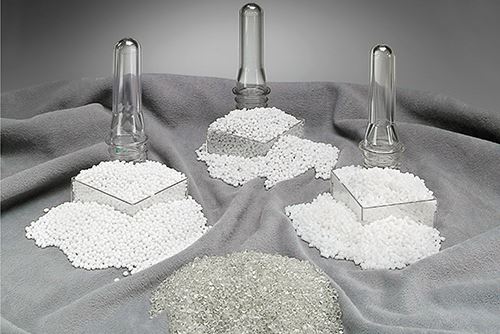
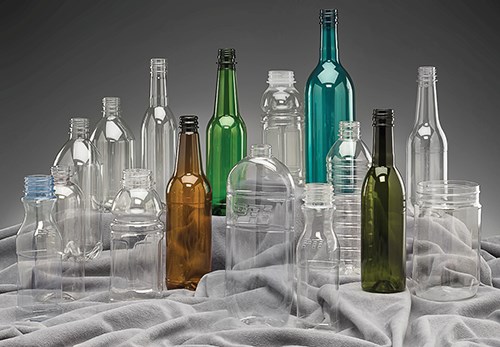
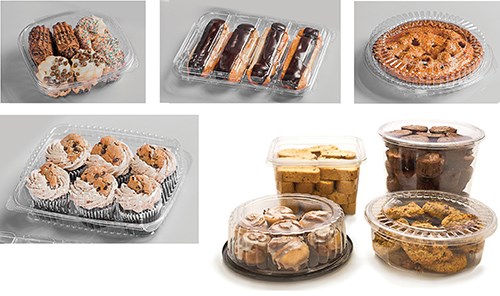

















.png;maxWidth=300;quality=90)

